Supporting Ministry Opens Up About Leaders and Lay Member Partnerships
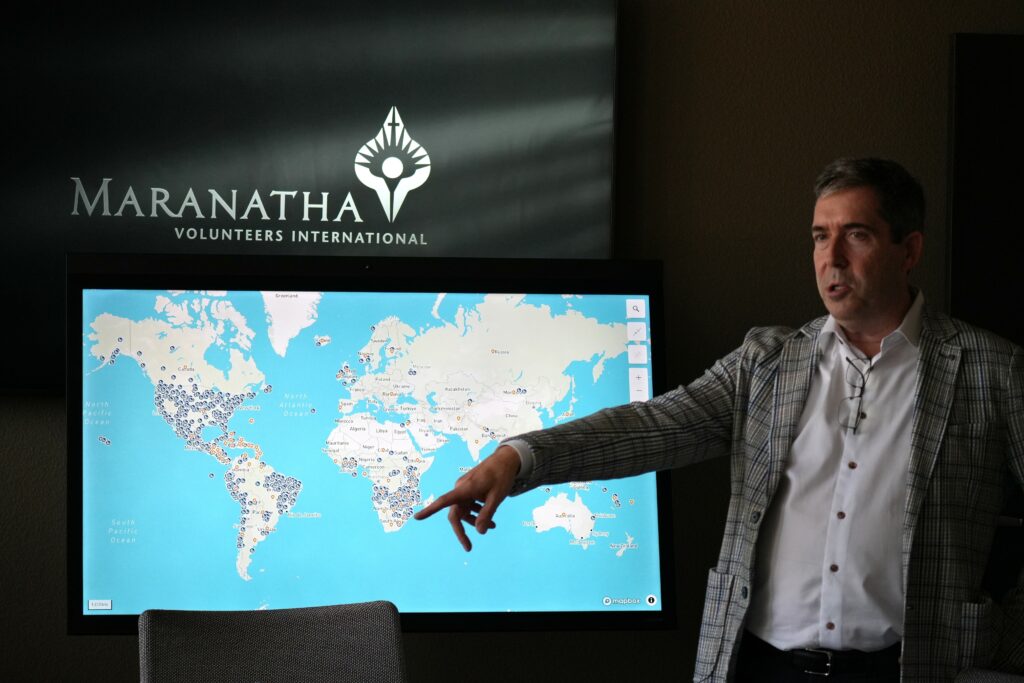
Kenneth Weiss, Maranatha vice president and chief operating officer, shows a map with links to places the ministry has worked around the world. “We never work apart from the Adventist Church organization,” he said. [Photo: Marcos Paseggi, Adventist Review]
“We never serve apart from the Adventist Church organization,” Maranatha leaders say.
October 1, 2025 | Marcos Paseggi, Adventist Review
In the hustle and bustle of daily operations, Maranatha Volunteers International leaders must sometimes face challenging situations. The lay-led ministry, which builds churches and schools and drills water wells around the world, usually works under changing social, economic, and political landscapes and in nations with various levels of religious tolerance and freedom.
But despite moving targets and unsteady situations, there’s something that never changes: “We never work apart from the Adventist Church organization,” says Kenneth Weiss, Maranatha vice president and chief operating officer. “And we never go to work in a specific place unless the regional Adventist leaders call us.”
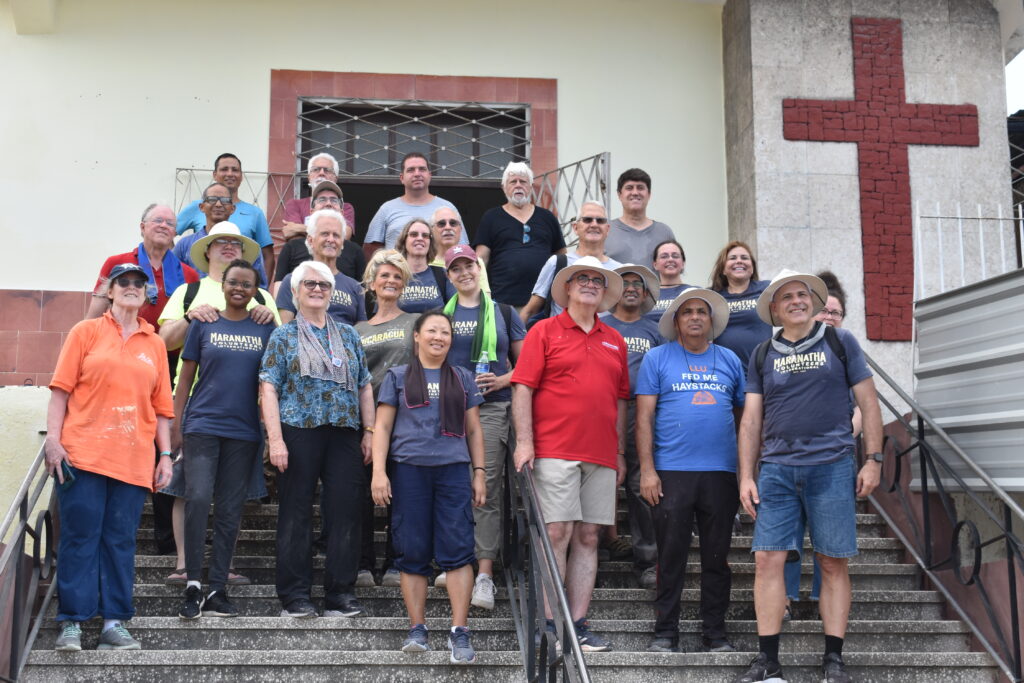
Erton Köhler, then General Conference secretary (in red T-shirt), and his team pose with some Maranatha and local leaders outside a church in Havana, Cuba, that they helped repair and repaint in 2024. [Photo: Marcos Paseggi, Adventist Review]
Working With Church Leaders
Church leaders are in regular contact with Maranatha leaders as much as needed, and vice versa. Many of those leaders know firsthand what Maranatha does and either have been part of a Maranatha team of volunteers or have facilitated the ministry activities in their regions. This includes current General Conference president Erton Köhler, who, together with his family and others, assisted with building a church in the Dominican Republic a few years ago. More recently, with his then GC Secretariat team, they helped repair and paint two churches in Havana, Cuba.
Regional church leaders are also regularly invited to address Maranatha volunteers, donors, and other supporters, as well as the ministry board. It is something that highlights the ongoing collaboration between official church entities and lay-led based initiatives, ministry leaders said.
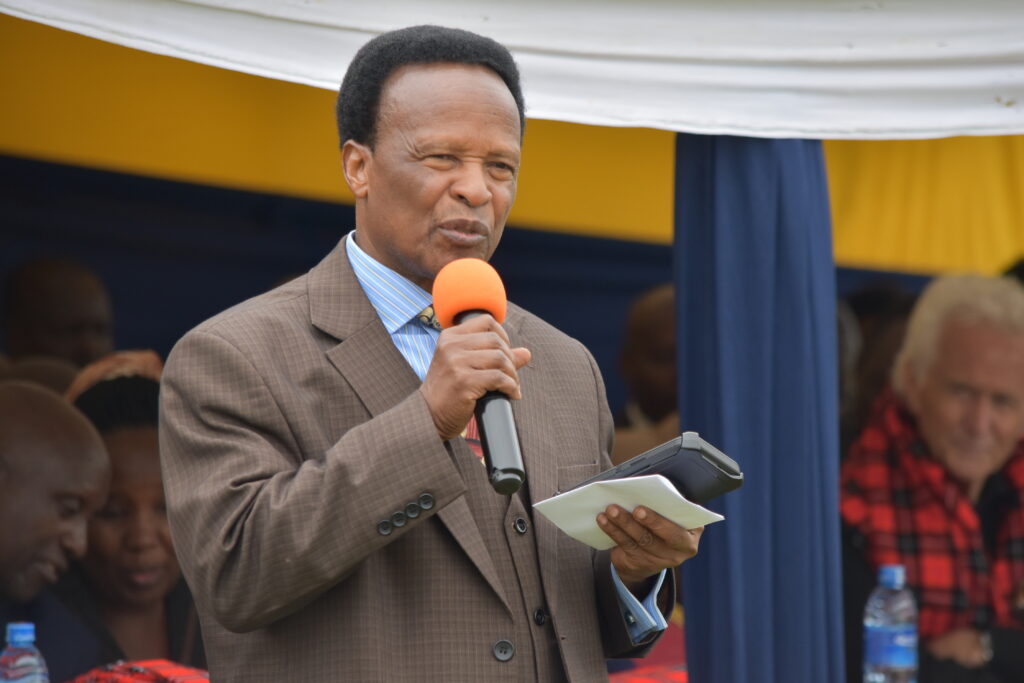
Blasious Ruguri, president of the East-Central Africa Division, was the keynote speaker at the inauguration of the Kajiado Adventist School and Rescue Center that Maranatha built in Kajiado, Kenya, in July 2024. [Photo: Marcos Paseggi, Adventist Review]
The recent 2025 annual convention in Sacramento, California, United States, featured church leaders from several countries, including Brazil, Cuba, the Dominican Republic, and India, Maranatha leaders reported. It also featured welcoming remarks by Marc K. Woodson, president of the Northern California Conference of the Adventist Church, which includes the Sacramento area, where Maranatha offices are located. “Maranatha fully supports the mission of the Adventist Church,” the ministry explained. “In fact, Maranatha and the church’s mission are one and the same—to help share the message of Jesus with more people across more places in preparation for His second coming.”
Working With Local Stakeholders
Maranatha’s decision to work with church leaders has saved the 56-year-old ministry from some of the pitfalls other supporting ministries have experienced. “Often the ones who better know the reality on the ground are the local and regional church leaders,” ministry leaders explained. Maranatha also works in conjunction with local professionals on the ground. Usually a building project carries the signature of local architects, ensuring that a particular initiative complies with all the local bylaws and other laws of the land.
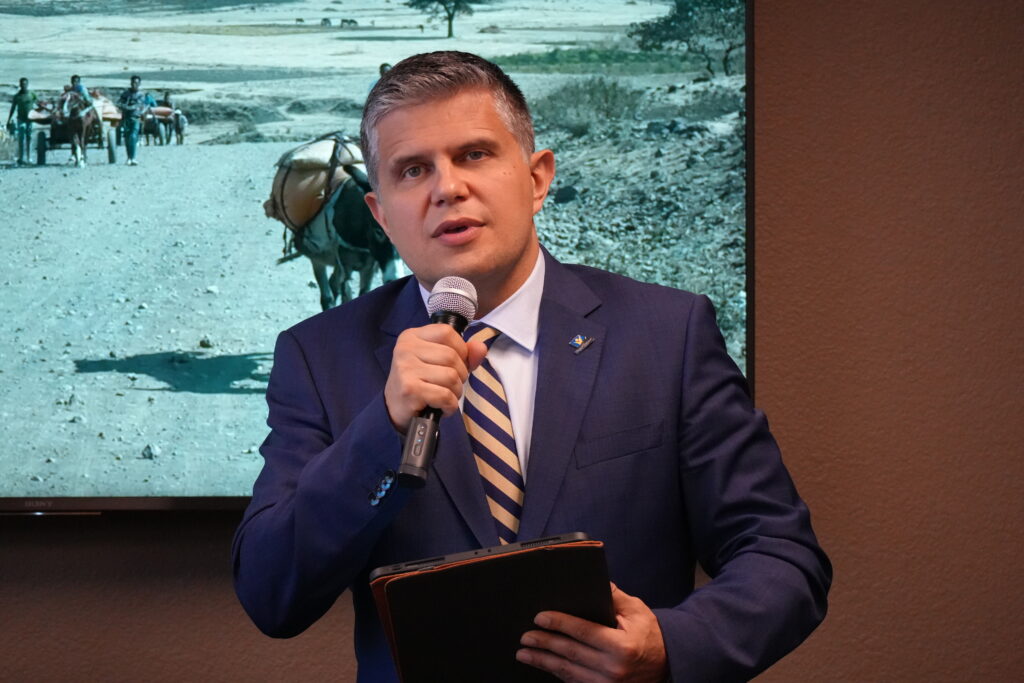
Vyacheslav Demyan, president of Hope Channel International, addresses members of the board of Maranatha Volunteers International on September 21, highlighting opportunities for collaboration. [Photo: Marcos Paseggi, Adventist Review]
At the same time, Maranatha doesn’t eschew from connecting with government officers when needed. “Through the years we have developed sound relationships of trust and friendship with government leaders in many countries,” Don Noble, Maranatha president for more than four decades, explains. “And those relationships have opened doors for the Lord to act through Maranatha on behalf of mission.”
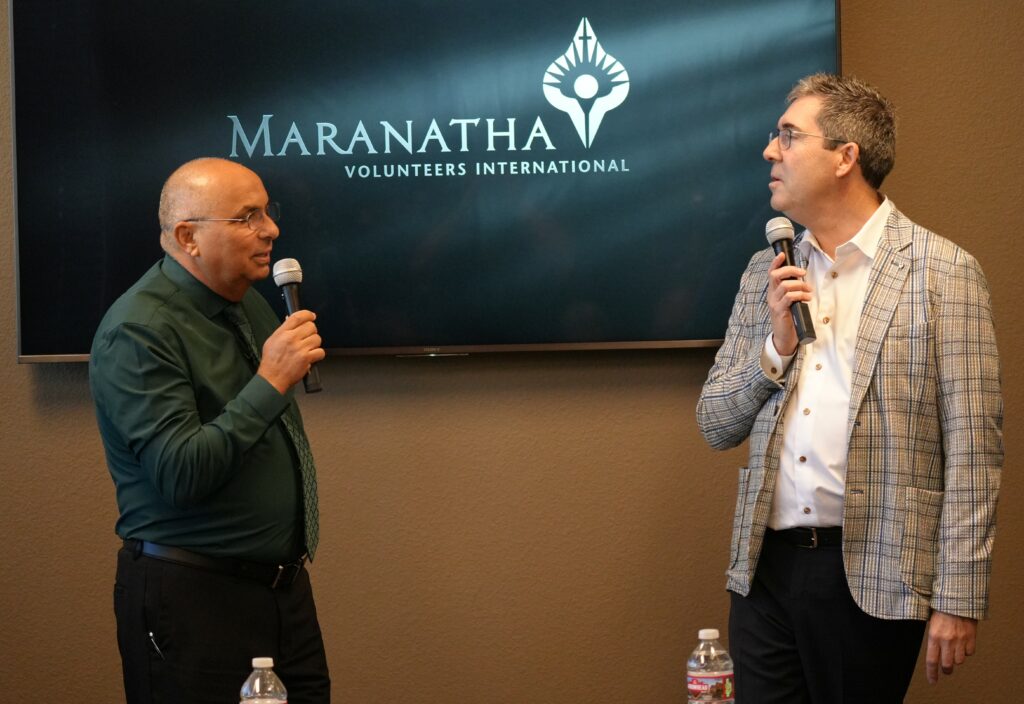
Aldo Pérez (left), president of the Cuban Union Conference, addresses members of the Maranatha board on September 21 as Kenneth Weiss translates. [Photo: Marcos Paseggi, Adventist Review]
Working Together
Maranatha does not receive funds from the Adventist Church organization; it is fully funded by donors. Accordingly, they don’t rely only on small and big contributors but also on partnerships with various church fields and organizations.
One example is an initiative to support church development in the Brazilian state of Minas Gerais. While Brazil is the country with the highest number of baptized Seventh-day Adventists in the world, that state has proved to be very challenging when sharing the Adventist message. According to regional leaders, there are still hundreds of towns with no Adventist presence.
The Southeast Brazil Union Conference (SBUC), which includes Minas Gerais, is now hoping to partner with Maranatha to build more churches for the growing church groups and companies across the state. It is an ambitious project, part of a multilayered initiative, SBUC president Hiram Kalbermatter recently reported. “The South American Division is supporting the initiative, as well as the union and every local field across the region,” Kalbermatter said. “Funds are being used to fund Bible workers in towns with no Adventist presence, and then, as the first groups are formed, to rent a meeting hall.”
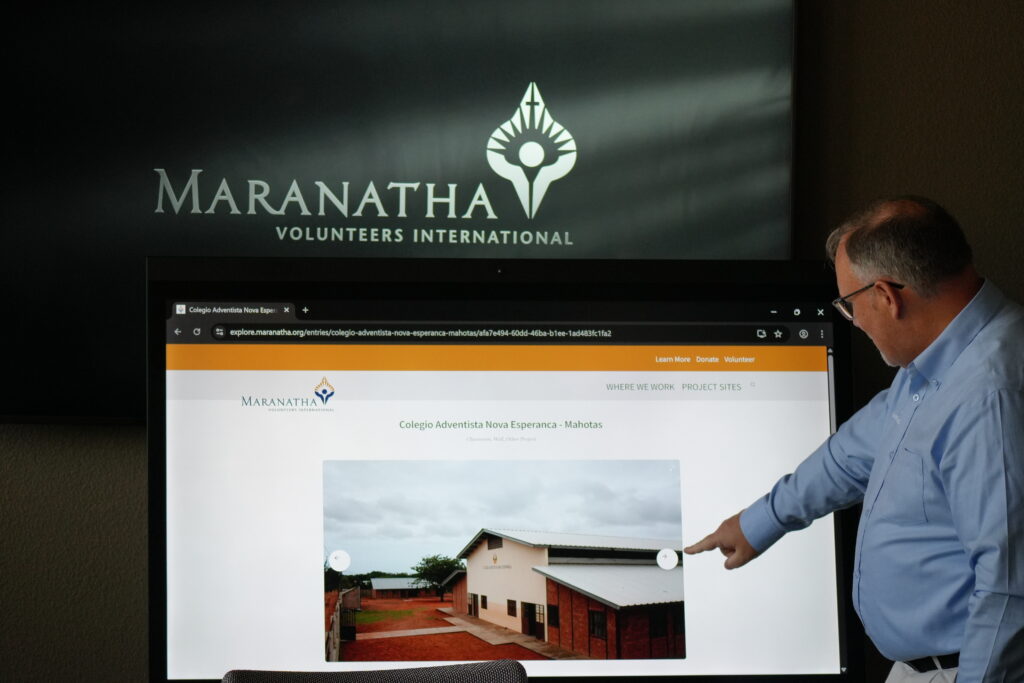
Monty Jacobs, executive director of AdventHealth Global Missions and a member of the Maranatha board, represents another example of how church organizations and lay-led ministries can work together in mission. [Photo: Marcos Paseggi, Adventist Review]
But the church organization buy-in is essential from start to finish, Maranatha leaders emphasized. “When Maranatha finishes a church building or a school, it always goes back eventually to church ownership,” a leader explained. “Maranatha’s initiatives begin by working with the church organization, moving forward by checking regularly with regional church leaders, and returning to the regional field after completion. This is what it means to be a supporting ministry: all of us working together on one mission.”